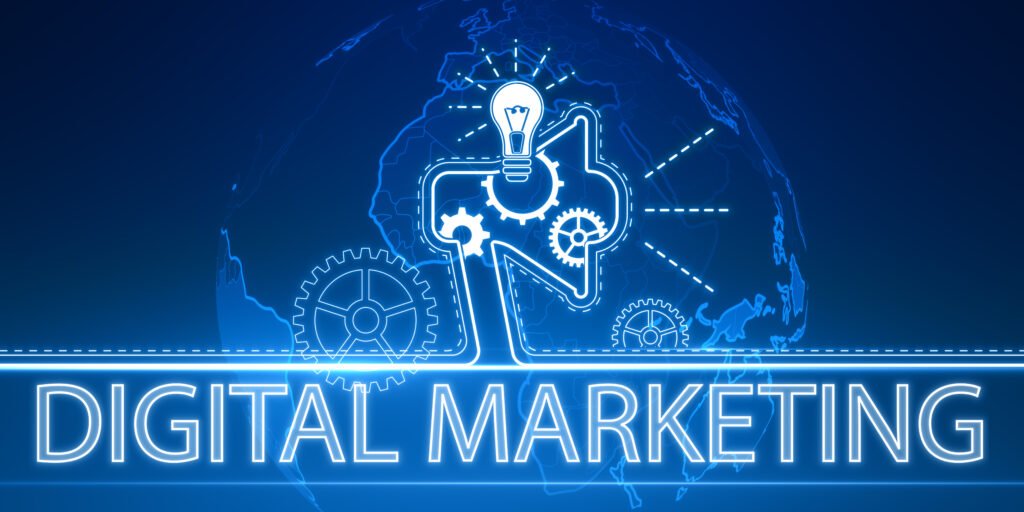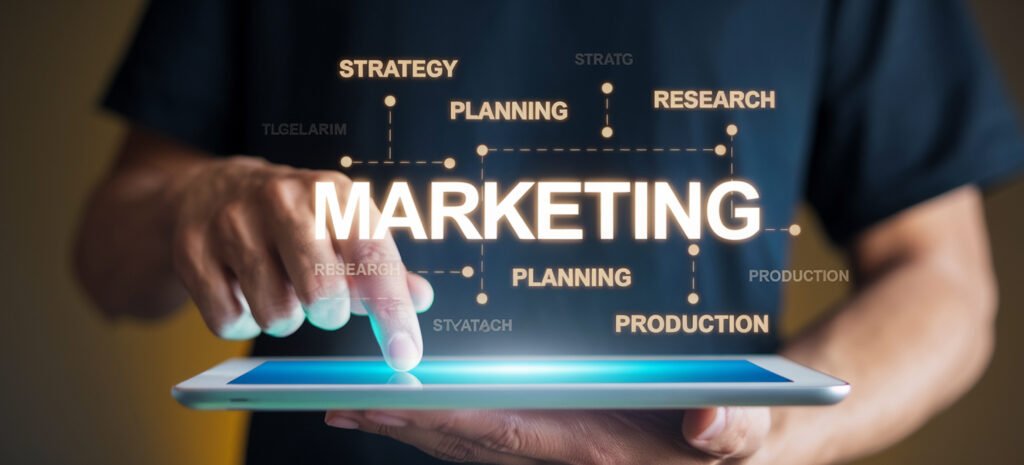New Web 3.0 and Digital Marketing Know It All
New Web 3.0 and Digital Marketing Know It All INTRODUCTION The rapid digital age is experiencing a paradigm shift in how companies interact with their audience. This is being fueled by the intersection of New Web 3.0 and Digital Marketing—two groundbreaking paradigms, realigning the face of online interaction. Unlike previous forms of the web, Web 3.0 empowers customers, decentralizes information, and promotes openness. Pairing digital marketing’s accuracy and availability with it, it offers unprecedented opportunity for brands to build trust, authenticity, and long-term commitment with customers. This article looks at how New Web 3.0 and Digital Marketing are working together, what technologies and techniques are under development, and how marketers must prepare to lead this decentralized, privacy-first world. What Is Web 3.0 Web 3.0 is typically also called the “semantic web” or the “decentralized internet.” Unlike Web 2.0, which is dominated by centralized websites like Facebook, Google, and Amazon, Web 3.0 is founded on decentralized technologies such as blockchain. Web 3.0 allows consumers to own their own information, engage with smart contracts, and communicate directly with websites without intermediaries. In New Web 3.0 and Digital Marketing parlance, this shift means that marketers no longer rely on the big tech platforms to reach their audiences. Rather, they connect directly through decentralized applications (dApps), tokenized worlds, and blockchain-tied loyalty programs. Web 3.0 puts power back in the hands of the people, radically shifting how data is gathered, stored, and used in digital campaigns. Consumers are not passive receivers of brand narratives but active co-creators and owners of their digital existence. For example, smart contracts can be used to run marketing tasks—like rewarding a user via a referral—automatically without the need for centralized approval. NFTs (non-fungible tokens) enable unique content distribution and brand loyalty programs, and tokenized reward systems encourage participation-based communities rather than individual transactions. All these create the buyer experience unique and give it a more authentic, value-based experience. Tokenization: The New Loyalty Model Tokenization is the most fascinating of New Web 3.0 and Digital Marketing’s new innovations. Instead of dealing with point systems previously, brands have the choice of issuing cryptocurrency tokens or NFTs as rewards. They can be ownership, access, or reputation tokens—empowering users to become stakeholders of the brand. For example, a user who continuously engages with a brand’s content may be rewarded with utility tokens that may be exchanged for vouchers, access to products, or even voting rights in future product development. This system creates a two-way interaction where the brand and the customer both benefit from continuous engagement. NFTs: Beyond Art and Into Marketing NFTs started life as a component of the digital artwork world but soon have turned into a top asset of New Web 3.0 and Digital Marketing. NFTs are utilized by brands for: Proof of attendance (online and offline events) Limited access to launches or groups Reward loyalty that grows in value over time Product authentication (mainly in luxury segments) Consider a beauty brand launching NFTs with each product that provides consumers with early access to educational content or special-edition products. These virtual assets belong to the consumer, and they can collect or resell them—added value on the physical product. Decentralized Data and Privacy: A New Era of Trust One of the biggest criticisms of mass-market digital marketing is that it is built on intrusive data harvesting. Web 3.0 changes that. With decentralized data models and user-controlled identities, people are in charge of what personal information they share, how it is used, and when and whether they can erase it. For advertisers, permission and transparency are now essential. New Web 3.0 and Digital Marketing require transparent consent processes, privacy-preserving analytics, and dropping tracking cookies. Zero-knowledge proofs, data vaults, and smart identity layers enable businesses to have personalization without undermining user trust. The Metaverse: The New Playground for Marketing It provides immersive experiences through which consumers engage with brands in virtual 3D environments. Such environments may include virtual stores, games, art galleries, or even educational centers. For example, a fashion brand may host a virtual fashion show in the metaverse. People can walk around, interact with one another, and purchase NFTs of the clothing. They can also style them up on their virtual counterparts on other sites. These experiences marry entertainment, commerce, and community—something Web 2.0 never managed to do. How to Build a Web 3.0 Marketing Strategy To transition to the Web 3.0 age, marketers need to: Train their staff on blockchain, tokens, and decentralized apps. Identify where Web 3.0 meets their customer journey, e.g., data gathering, community engagement, or loyalty. Choose suitable blockchain platforms that are secure, scalable, and sustainable. Collaborate with developers to develop smart contracts, token economies, or NFT drops. Pilot campaigns that integrate old-school digital marketing with Web 3.0 technology—e.g., dropping an NFT series for early supporters. Most importantly, brands must focus on long-term community-building. That requires authenticity, transparency, and value creation, not transactional selling. The Business Impact of Web 3.0 Marketing The convergence of New Web 3.0 and Digital Marketing presents measurable benefits: More Brand Affinity: Users have stakeholder-like feelings instead of buyer-like feelings. Increased Rates of Engagement: Interactive offers based on token rewards are more effective than regular adverts. Improved Ethics of Data: Consumers voluntarily sacrifice data in exchange for value. World-Wide Reach: Web 3.0 websites aren’t geographically limited or ruled by traditional gatekeepers. Companies that embrace these values early on will enjoy a significant first-mover advantage. They’ll be trusted, adored by communities, and viewed in a vibrant online landscape. Challenges and Considerations Adopting New Web 3.0 and Digital Marketing is not a smooth ride. There is still a significant learning curve for new players in blockchain and cryptocurrency. Regulation of the Web 3.0 space is still in development, and brands must be agile and flexible to changing law and technology. In addition, the user experience of decentralized applications is not yet quite as smooth as that of standard websites or native apps. All this will be addressed with time as technology matures, but innovators have









